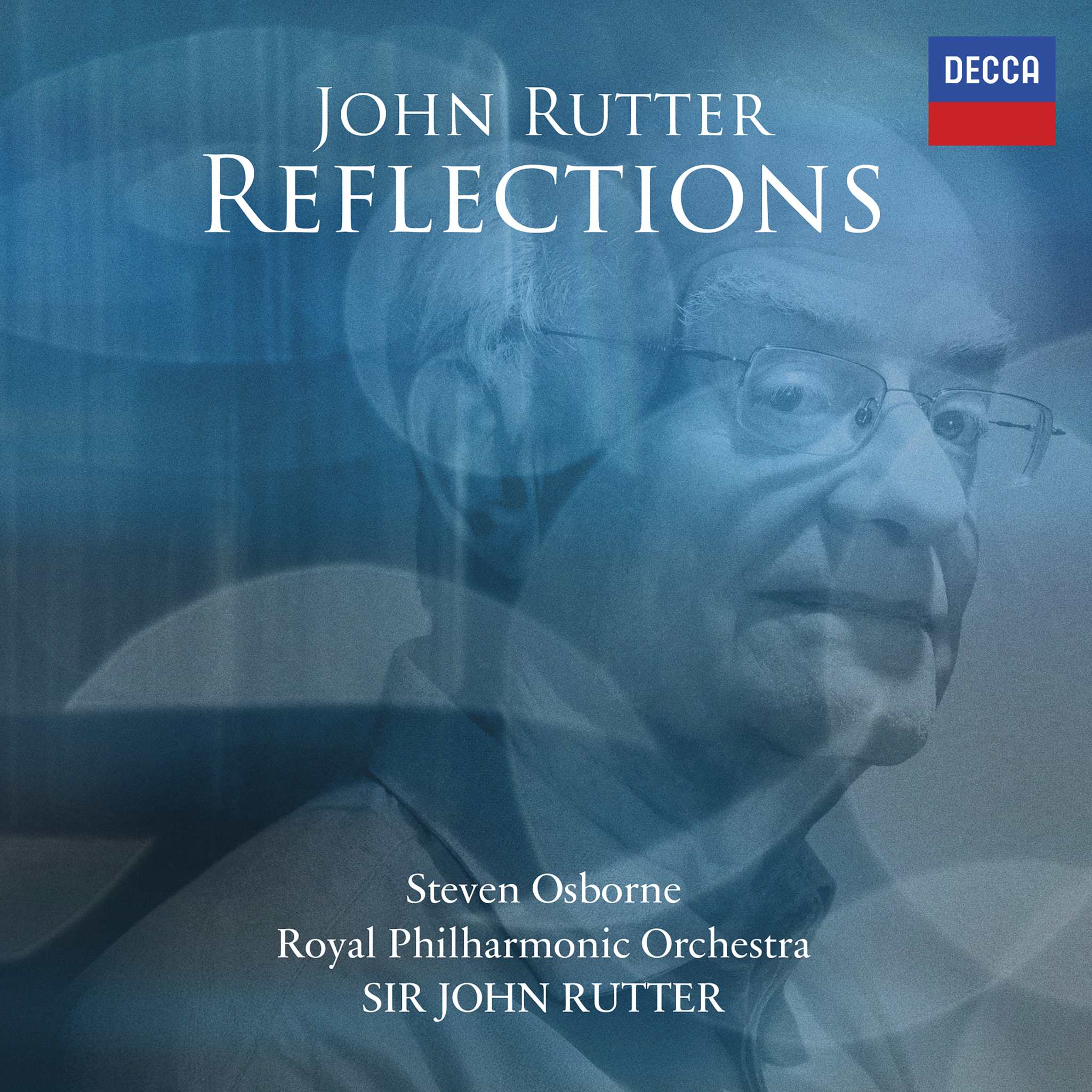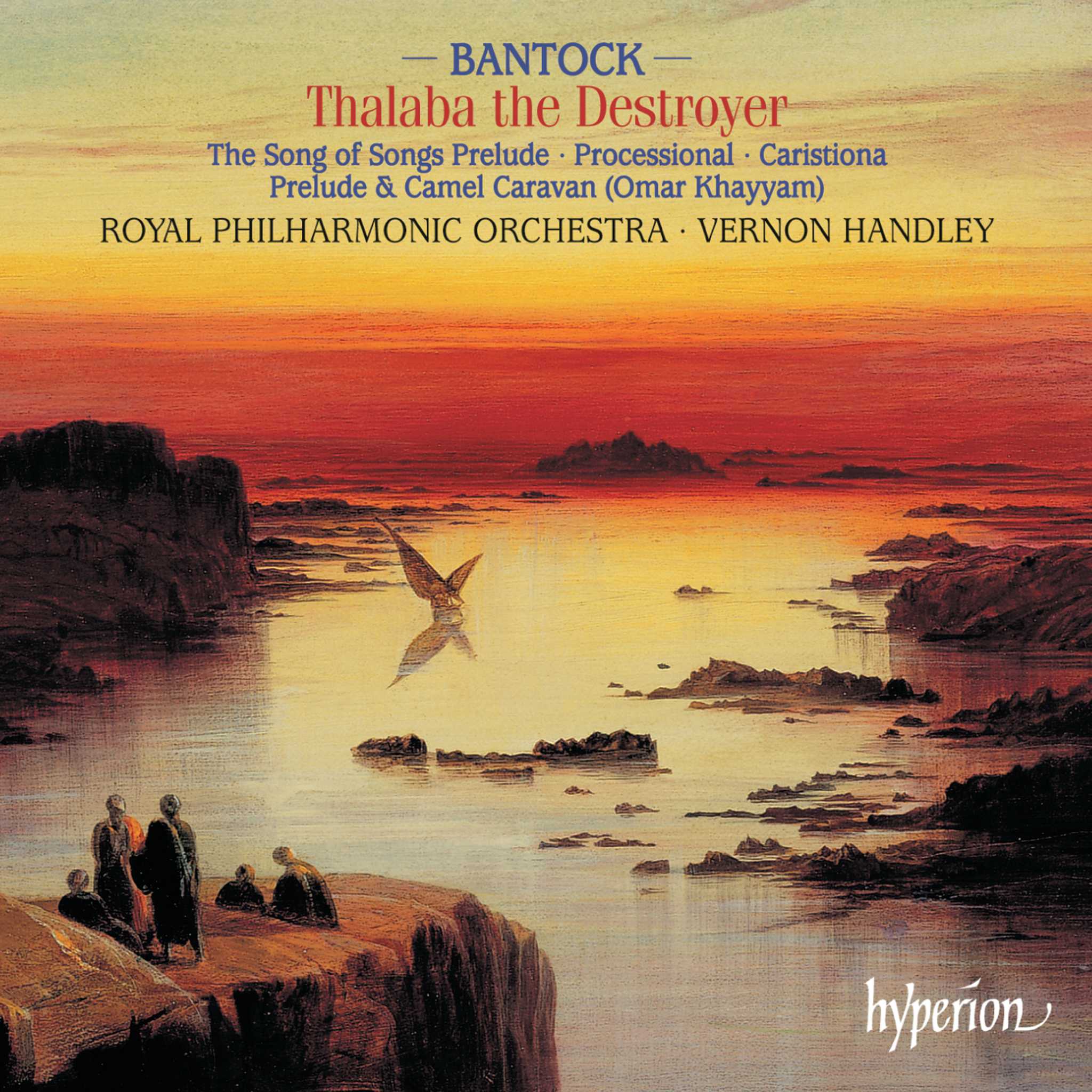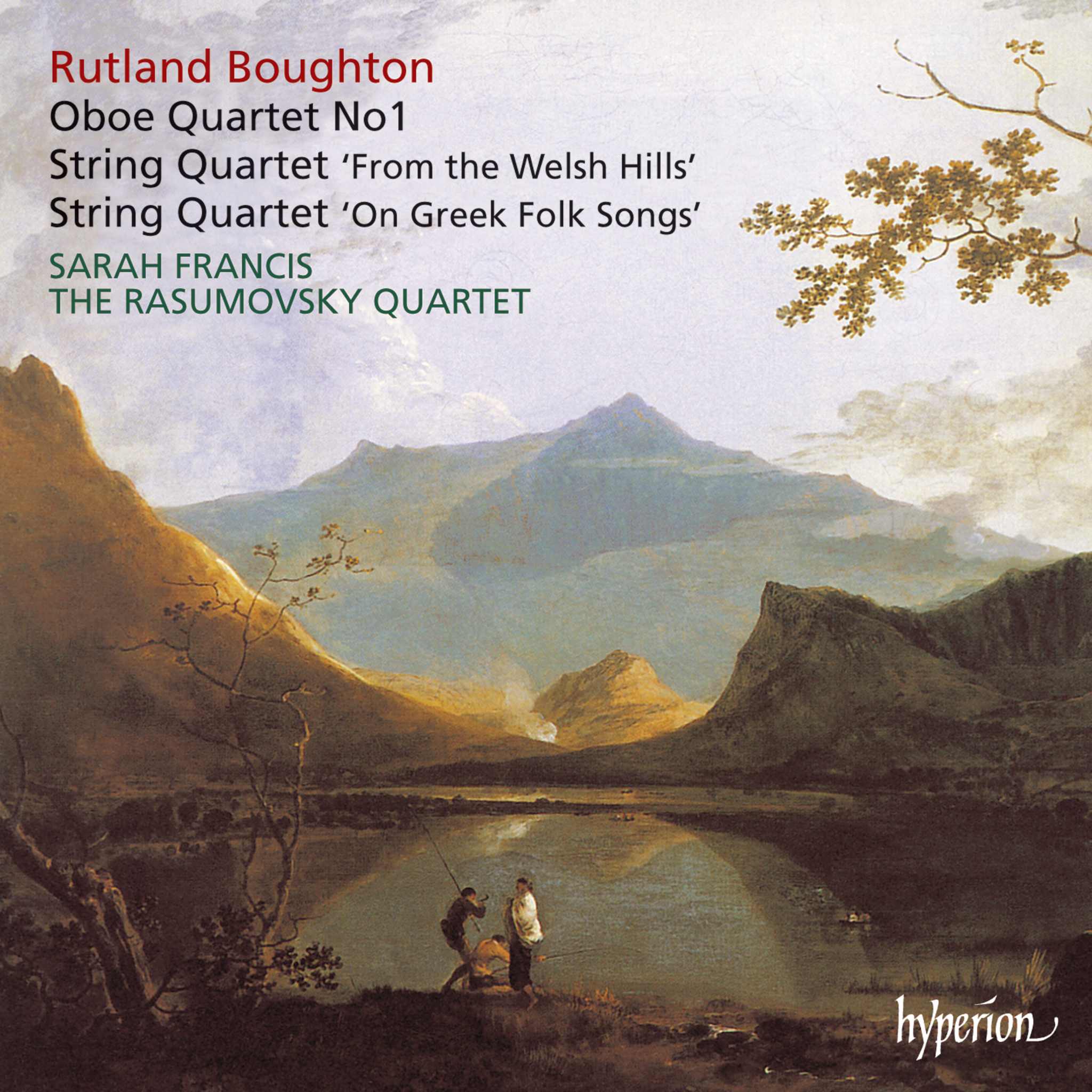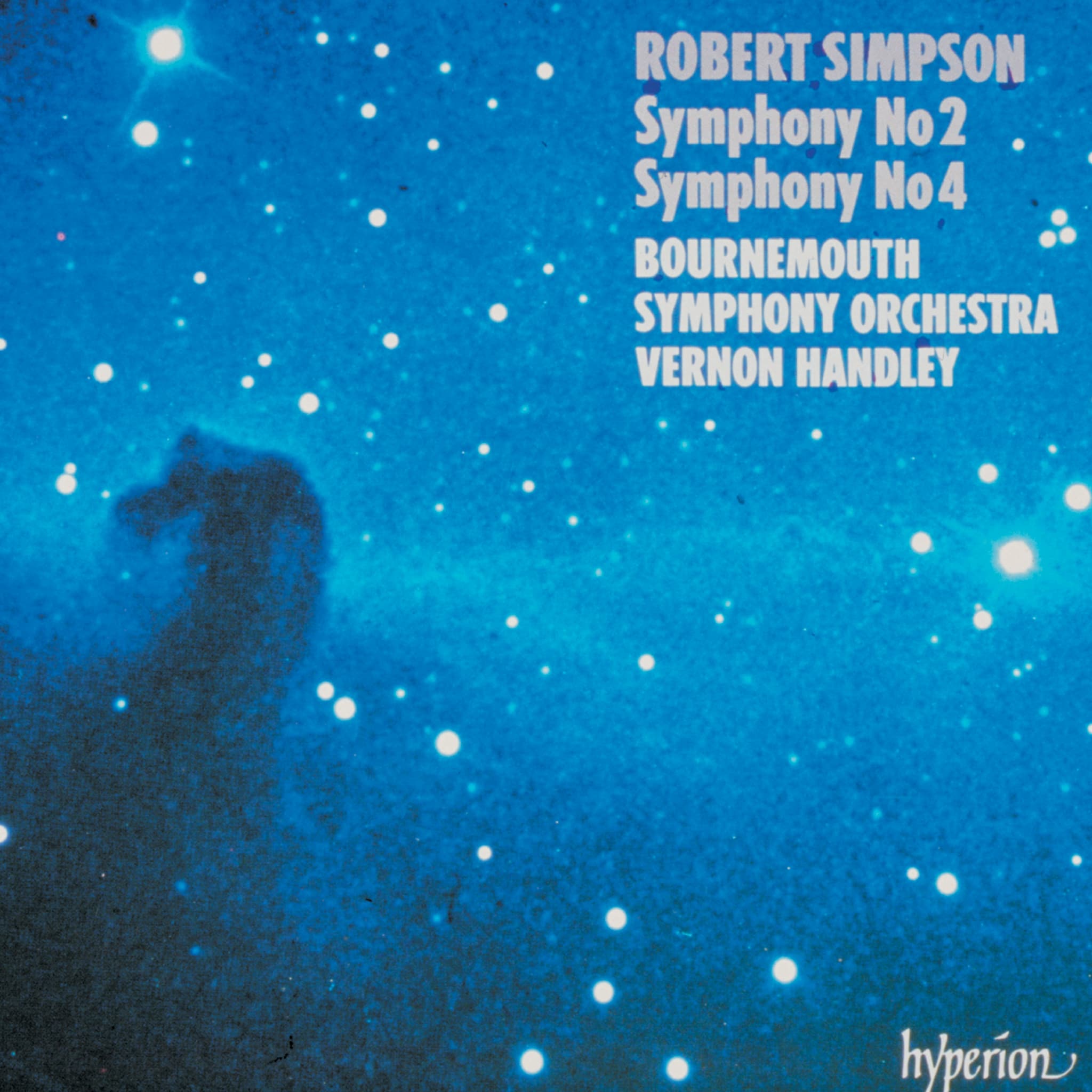Album insights
Lack of information about a composer poses a common challenge for researchers of Early Music, especially in regard to 16th-century English music, which has lost much. The early and unusual death of Robert Parsons, along with a personal note from a contemporary collector of sacred music, adds to his mystique compared to his peers.
Robert Parsons makes his first appearance in a 1560/61 account book, notable for payments to Richard Bower, Master of the Children of the Chapel Royal. The Cheque Book of the Chapel Royal records Parsons' appointment as Gentleman of the Chapel Royal on October 17, 1563:
Merton died on September 22, and Robert Parsons was sworn in his place on October 17, Ao 5to.
Interestingly, his previous workplace is not specified here, suggesting Parsons likely had connections to the Chapel Royal before becoming a Gentleman. He was granted a royal lease for three parish houses near Lincoln on May 30, 1567, and a tax certificate from 1571, issued for courtiers, confirms his residence in Greenwich. The next entry in the Cheque Book is another matter-of-fact note:
Robt. Parsons drowned in Newark upon Trent on January 25, and Wm. Bird was sworn in his place on February 22, Ao 14o Lincolne.
The reason for his trip to Newark remains unclear; perhaps he visited his parish houses or tended to other business. What is certain is his death in 1572, during the fourteenth year of Queen Elizabeth I's reign. His only epitaph is a couplet found in the vocal books copied by Robert Dow in the 1580s, reflecting Parsons' esteem and premature death:
Qui tantus primo Parsone in flore fuisti,
wie groß wärest Du im Herbst gewesen, wenn der Tod nicht gekommen wäre.
Parsons lived through tumultuous years of the 16th century, marked by shifts in religious regulations known loosely as the English Reformation, dividing society. Henri VIII's separation from Rome led to conservative reforms and a more radical path under Edward VI, later countered by Mary I's Catholic reign until Elizabeth I's ascent. Parsons' surviving works include nine Latin pieces, two English services, two English anthems, a few secular songs, and instrumental compositions, notably five In nomines. The absence of smaller English sacred works suggests Parsons' inactivity as a composer during Edward VI's reign. His mature style, seen in his Magnificat setting, reflects a blend of older influences and newer tonalities, using complex composition techniques like canons effectively.
In his Ave Maria motet, Parsons's unique approach is evident through seamless text setting and subtle symmetrical structures. Deliver me from mine enemies and Holy Lord God Almighty showcase Flemish influences and utilize dense imitation effectively. Despite Elizabethan stylistic markers, these compositions highlight Parsons' skillful contrapuntal writing and nuanced use of harmony.osopher in 1547). O bone Jesu stands as Parsons' greatest dramatic achievement, blending choral and solo passages expertly. Each work exemplifies Parsons' inventive use of texture and harmony, expanding the boundaries of 16th-century English choral music.
Parsons' contributions to the genre of English sacred music have secured his place in history, revealing a composer who skillfully balanced tradition with innovation. Through his expressive motets and intricate choral compositions, Parsons left a lasting impact on the musical landscape of his time.
Andrew Carwood © 2011









